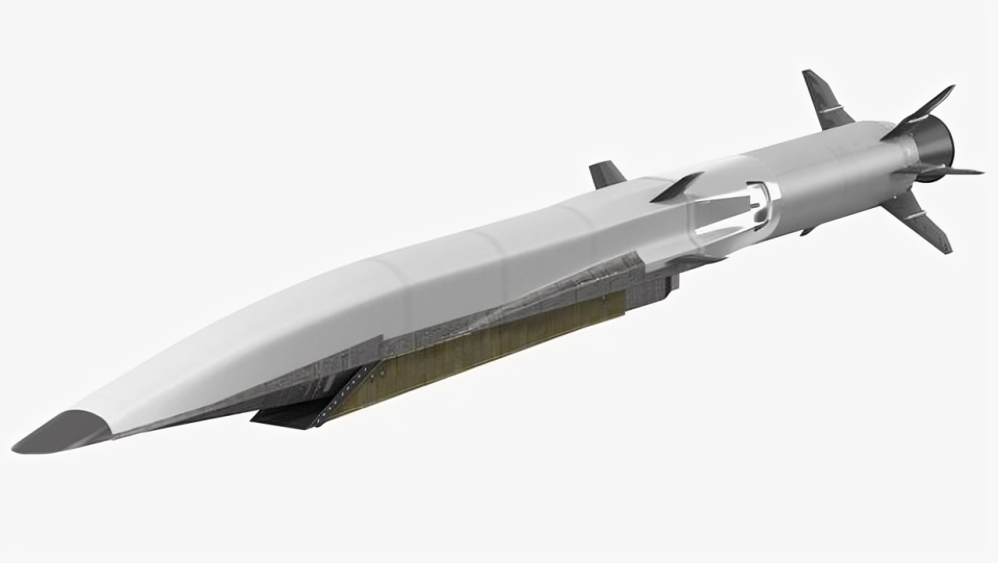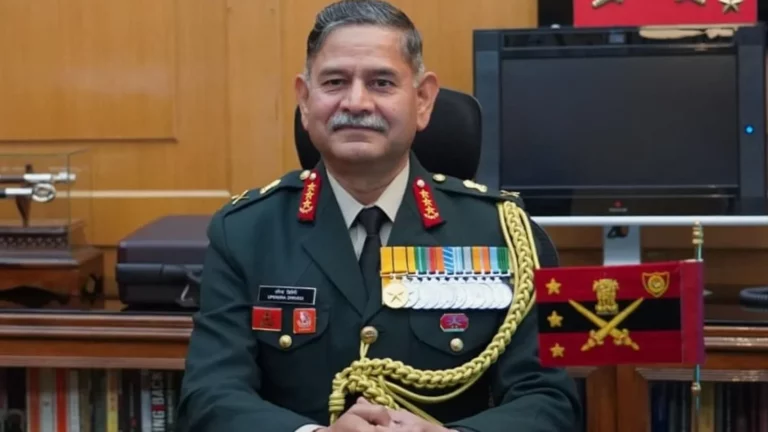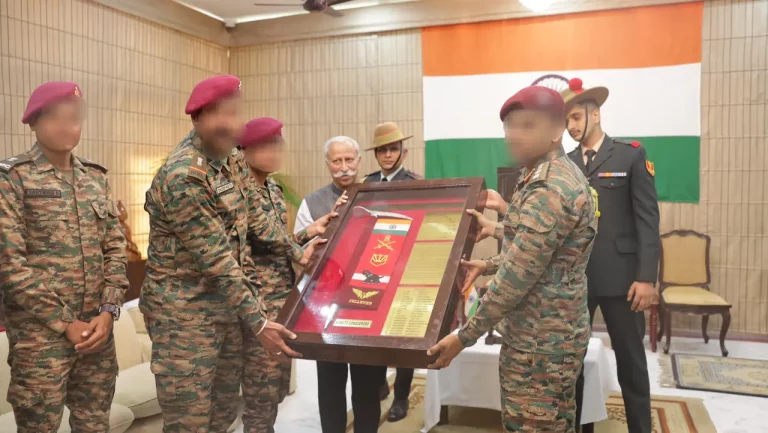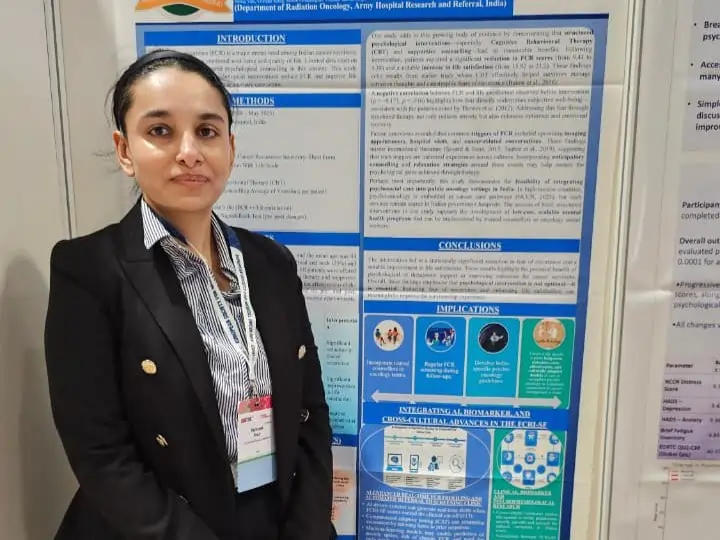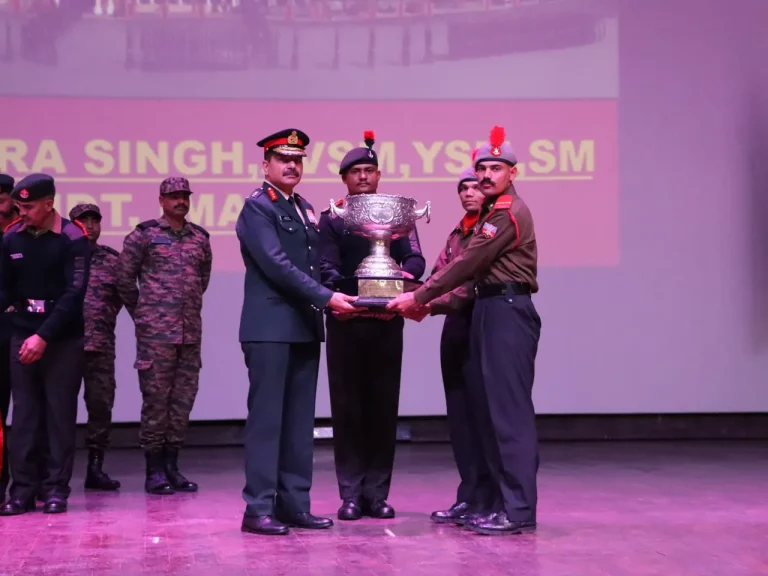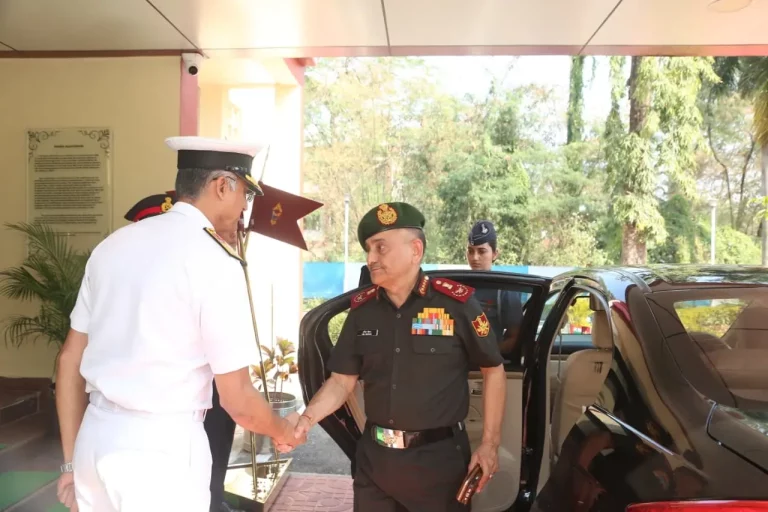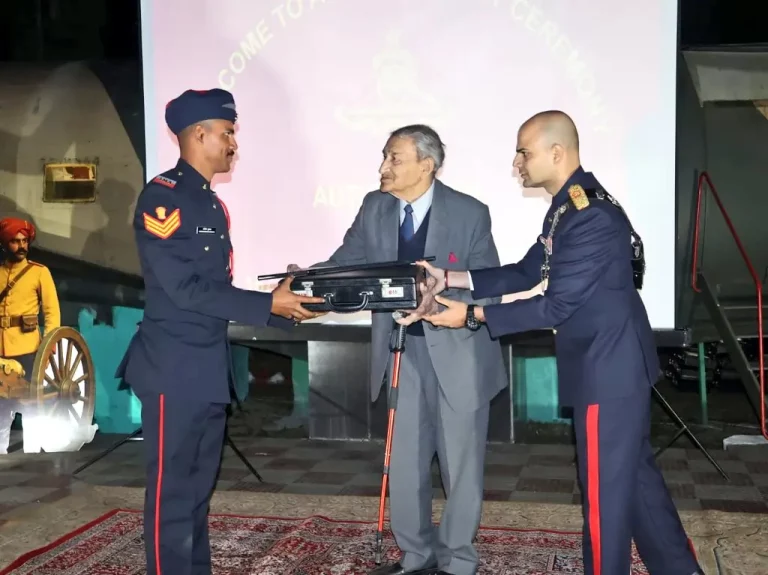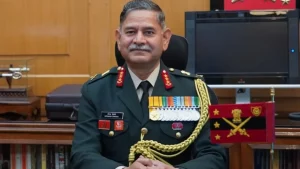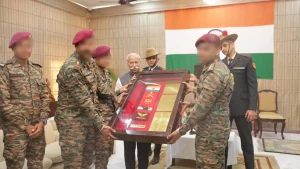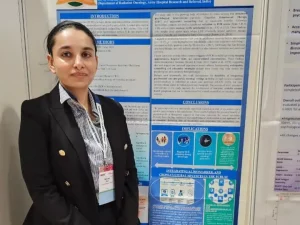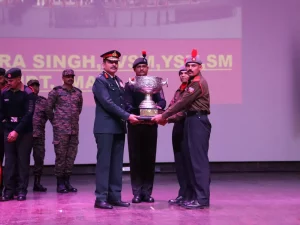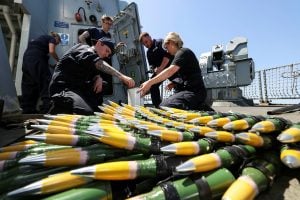The chief of the Defence Research and Development Organisation (DRDO), Dr. Samir V Kamat, has announced that India’s hypersonic glide missile is making significant progress, with all necessary trials expected to conclude in the next two to three years. In a recent interview with NDTV, he elaborated on the advancements in India’s missile technology and key lessons derived from Operation Sindoor.
Earlier, DRDO successfully conducted a test of a long-range hypersonic missile at the APJ Abdul Kalam Island in Odisha. The organization is currently engaged in the development of two distinct categories of hypersonic weapons: hypersonic cruise missiles propelled by scramjet technology, and hypersonic glide vehicles (HGVs).
Dr. Kamat reported that the glide missile has reached a successful development milestone, while the scramjet-powered cruise missile remains in its initial phases. “We have demonstrated scramjet propulsion for over 1,000 seconds, representing a significant breakthrough,” he stated. Should the government approve the associated project, he anticipates a hypersonic cruise missile could be ready for deployment within five to seven years.
In discussing the well-known BrahMos supersonic cruise missile, Dr. Kamat revealed that DRDO is concentrating on extending its operational range and is developing a more compact version designated as BrahMos-NG. This lighter variant would enable deployment across a broader range of aircraft, beyond just the Su-30MKI.
Dr. Kamat also provided an update on other missile systems under development, such as the Astra Mk-2 and Mk-3 air-to-air missiles, which feature extended ranges. Additionally, missiles like Rudram-2, Rudram-3, and Rudram-4 are in the works, along with advancements in the Kusha surface-to-air missile program. DRDO is also exploring directed energy weapons, including lasers and high-power microwave systems designed for anti-drone warfare.
Reflecting on the performance of DRDO systems during Operation Sindoor, he noted that key assets, including BrahMos, Akash, and D4 anti-drone systems, demonstrated commendable effectiveness throughout the 100-hour conflict with Pakistan.
Furthermore, Dr. Kamat discussed the indigenous light tank, Zorawar, which is designed specifically for high-altitude operations in regions like Ladakh and Sikkim. Development trials have concluded, and user trials are expected to commence soon.
Regarding India’s fifth-generation fighter project, the Advanced Medium Combat Aircraft (AMCA), Dr. Kamat indicated a shift in DRDO’s strategy. Unlike previous collaborations with Hindustan Aeronautics Limited (HAL), an expression of interest has been released to find an industry partner, which could open doors to private entities or joint ventures.
Citing insights from Operation Sindoor, Dr. Kamat emphasized the urgent necessity for the development of fully autonomous systems capable of functioning independently of GPS or communication links. “It is evident now that all our weapon systems must be able to operate in electronically denied environments,” he remarked.
In closing, he expressed optimism that numerous advanced weapon systems and sensors developed by DRDO will be integrated into the Indian Armed Forces within the next two to three years, reinforcing India’s defense capabilities.
